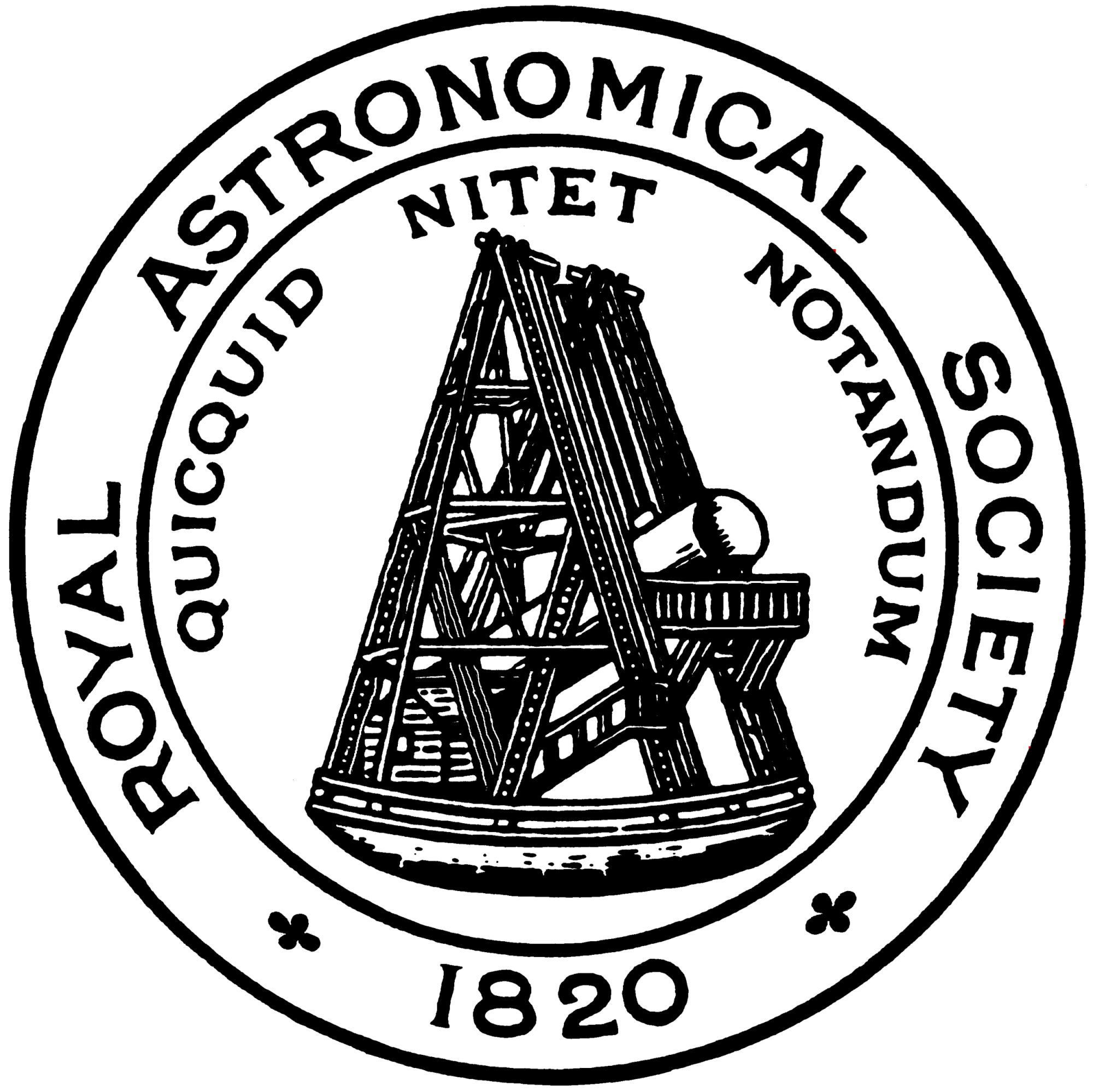NAM Parallel Session 29DECLINING STAR FORMATION IN GALAXIES: FROM PRIMEVAL DISKS TO THE RISE OF ELLIPTICALS In the era of very deep and large area surveys, the mechanisms controlling the star formation histories of galaxies remain an open problem: mergers, cold gas inflows, energy injection from an active central supermassive black hole, or feedback from supernova explosions play a role that is at present not fully understood. Recent and upcoming surveys and facilities, such as UKIDSS, VISTA, CANDELS, ALMA, LOFAR, JVLA, eMERLIN and SKA, will allow us to probe in detail these processes over a large fraction of cosmic time. In particular, quenching (i.e. the termination of star formation) is an especially relevant phase in the evolution of a galaxy. In the local Universe, the stellar populations in the most massive galaxies reveal an intriguing formation history with a tumultuous early stage transforming large amounts of gas into stars, followed by an abrupt quenching of star formation that leaves a dense, massive core of stars with up to 1011 solar masses, in some cases as early as 2-3 Gyr after the Big Bang. What causes this sudden halt of star formation? Answering this question is one of the principal challenges of the Extragalactic Astronomy. As stated, current efforts to obtain detailed and unbiased views of the sites of star formation and gas reservoirs are to help us comprehending the various physical mechanisms whereby galaxies acquire their stellar component. This NAM session is aimed at bringing together the various communities working in this field, from theorists involved in numerical simulations of galaxy formation to observers proposing the latest state-of-the-art surveys, to discuss recent advances and future plans in research areas such as
Due to the breadth of topics to cover, the schedule will be splitted among:
Note that abstract submission and registration has to be done through the general NAM 2013 web page (link above). Abstract submission deadline:
|
 |
 |
 |
 |
 |
 |
 |

